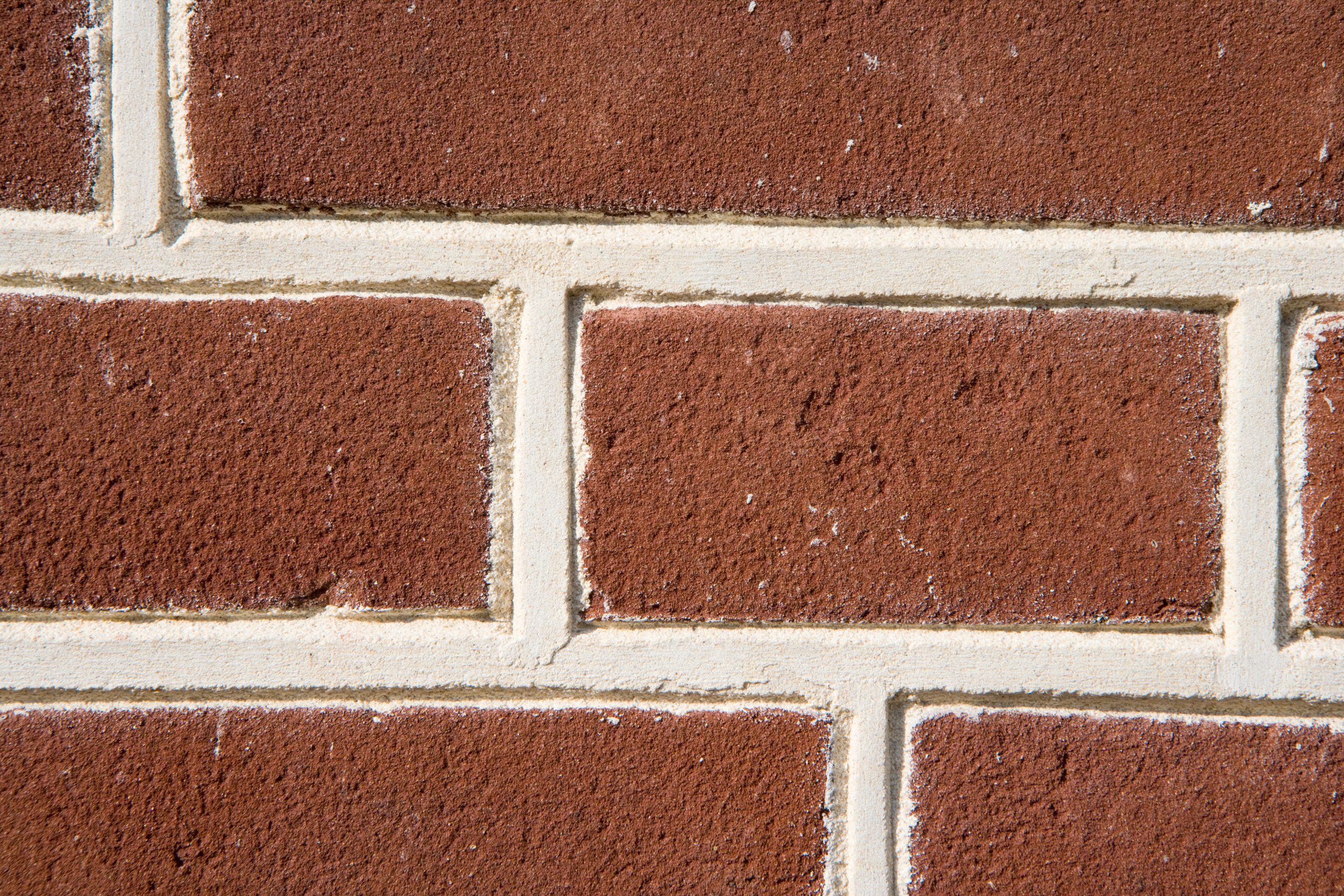
February 29, 2024
Tuckpointing Chicago, IL for Energy Efficiency
In the world of home maintenance, certain tasks are not only essential for the structural integrity and aesthetic appeal of your home but also for its energy efficiency. One such task is tuckpointing Chicago, a method of repairing and replacing the mortar between bricks or stone. While often associated with enhancing a building’s visual appeal, the benefits of tuckpointing extend far beyond mere aesthetics. This post delves into how tuckpointing can significantly contribute to your home’s energy efficiency and, ultimately, result in substantial savings on your energy bills.
The Link Between Tuckpointing and Energy Efficiency
The connection between tuckpointing in Chicago and energy efficiency lies in the building’s envelope – its first line of defense against the elements. Over time, mortar can crack, crumble, and deteriorate due to weathering, moisture, and temperature fluctuations. These minor damages might seem insignificant at first glance but can lead to larger gaps and cracks, offering an open invitation for air infiltration.
In the summer, air leaks can allow cool, conditioned air to escape, forcing your air conditioning system to work overtime to maintain a comfortable indoor temperature. Conversely, in the winter, warm air can seep out through these same gaps, leading to increased heating demands and higher energy costs. Properly executed tuckpointing seals these gaps, minimizing air infiltration and significantly enhancing the thermal efficiency of your home.
How Tuckpointing Saves Money on Energy Bills
By improving the thermal envelope of your home, tuckpointing in Chicago reduces the demand on your heating and cooling systems. This direct reduction in energy consumption translates to lower energy bills, offering a return on investment that continues to pay off as long as the repairs hold. Additionally, by preventing moisture ingress, tuckpointing helps avoid mold growth and wood rot within the home’s structure, potentially saving thousands in repairs and contributing to a healthier indoor environment.
Identifying the Need for Tuckpointing
To maximize the energy efficiency benefits, it’s essential to recognize when your home might need tuckpointing. Here are a few signs to look out for:
- Visible cracks and gaps in the mortar: Even small fissures can lead to significant air leakage.
- Crumbling or powdery mortar: Indicates that the mortar has lost its binding properties and needs replacement.
- Loose bricks or stones: A sign that the structural integrity of the masonry work is compromised.
- Water infiltration or damp spots on interior walls: Often a result of failed mortar allowing moisture to penetrate the masonry.
If you notice any of these signs, it’s time to consider tuckpointing as a vital step in maintaining your home’s energy efficiency.
Choosing the Right Professional for Tuckpointing
Tuckpointing is a skilled trade that requires precision, patience, and experience. To ensure the job is done right, it’s crucial to hire a professional with a solid track record. When selecting a contractor, ask for references, before-and-after photos of previous projects, and ensure they are licensed and insured. A reputable professional will assess the extent of the damage, recommend a course of action, and use the appropriate materials to match the existing mortar, ensuring a seamless and effective repair.
Tuckpointing is more than just a cosmetic fix; it’s a critical maintenance task that can significantly impact your home’s energy efficiency and comfort. By sealing gaps and cracks in the mortar, tuckpointing helps maintain a consistent indoor temperature, reduce the strain on heating and cooling systems, and lower energy bills. If you’ve noticed signs of wear and tear in your home’s masonry, don’t underestimate the benefits of this essential repair. Investing in tuckpointing not only preserves the structural integrity and appearance of your home but also contributes to a more sustainable, cost-effective living environment.



